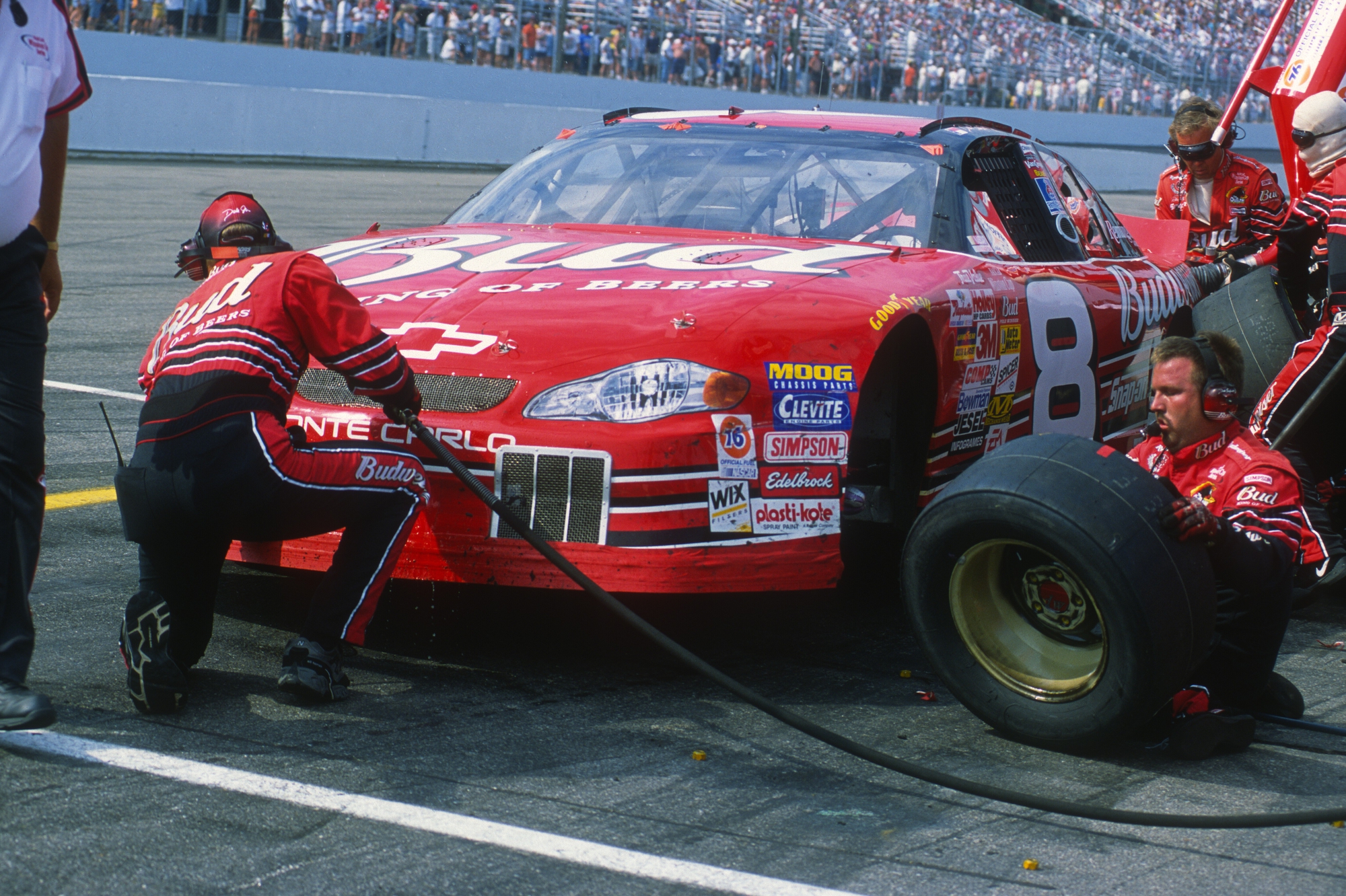4 Important Key Points of How NASCAR Aerodynamics Work
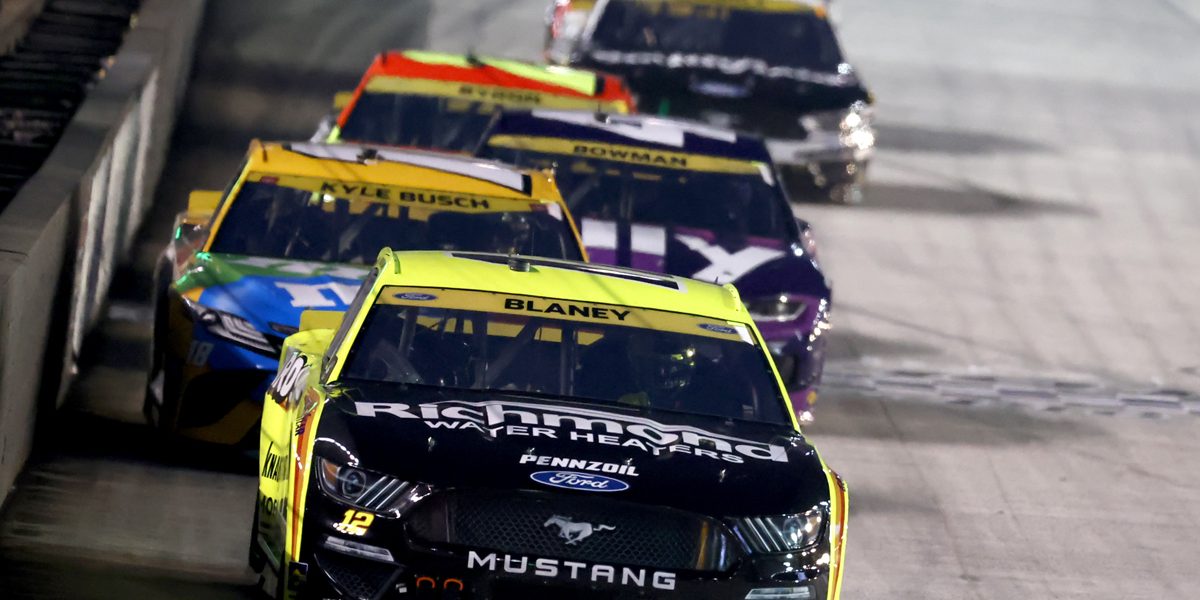
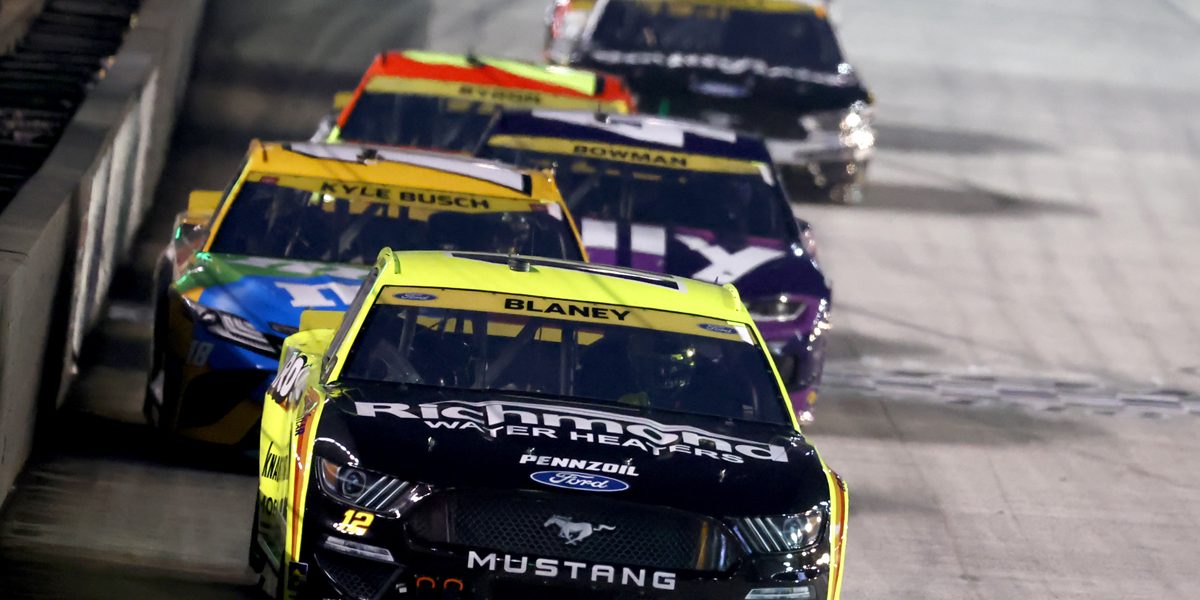
Explaining how NASCAR aerodynamics work is not easy, even for us, but that’s what we do here. We give answers where answers are needed.
The aerodynamics of a NASCAR car is the study and improvement of the airflow against and around the car. It aims to reduce the resistance to the forward movement of the vehicle and reduce the undesired uplift caused by the airflow which could increase the instability of the car. The aerodynamics of a vehicle will look to increase the downforce so that the tyres get a better grip on the track. It also seeks to reduce the noise and the turbulent flow in the wake of the car. All of this will lead to the vehicle traveling at the same speed with reduced consumption or at greater speed with the same fuel consumption.
The cars and other vehicles of today are much sleeker and streamlined than the cars of yesteryears. That is because the consumer has been more conscious of fuel consumption because of both, the price of gas and the global warming phenomenon. Like all racing sports bodies, NASCAR is also conscious of the need to reduce carbon emissions, making racing safer for the fans of the sport and the world at large.
NASCAR has been promoting the improvement of the aerodynamics of racing vehicles in the series over the years. At the same time, it has strict rules and regulations governing aerodynamics which will ensure an equal playing field for all players. Any team going beyond the parameters stipulated by NASCAR risks censure and penalties. That said, teams go to a great extent to push the boundaries of rules and regulations. But the aerodynamics of a car is still a nascent science and engineers are constantly trying for better performances.
Speed is an important factor in all motor racing which in tour depends on the horsepower generated by the engine. In naturally aspirated engines, aerodynamics also pays attention to the amount of air directed to the intake of the engine. In fuel injection engines, which NASCAR engines are. The amount of fuel injected into the engines is proportional to the air intake. Air also helps cool the engine oil in the radiators of the car. All these factors affect the speed of the car and the durability of the engine throughout the race.
Table of Contents
So, do you want to know how NASCAR aerodynamics work?
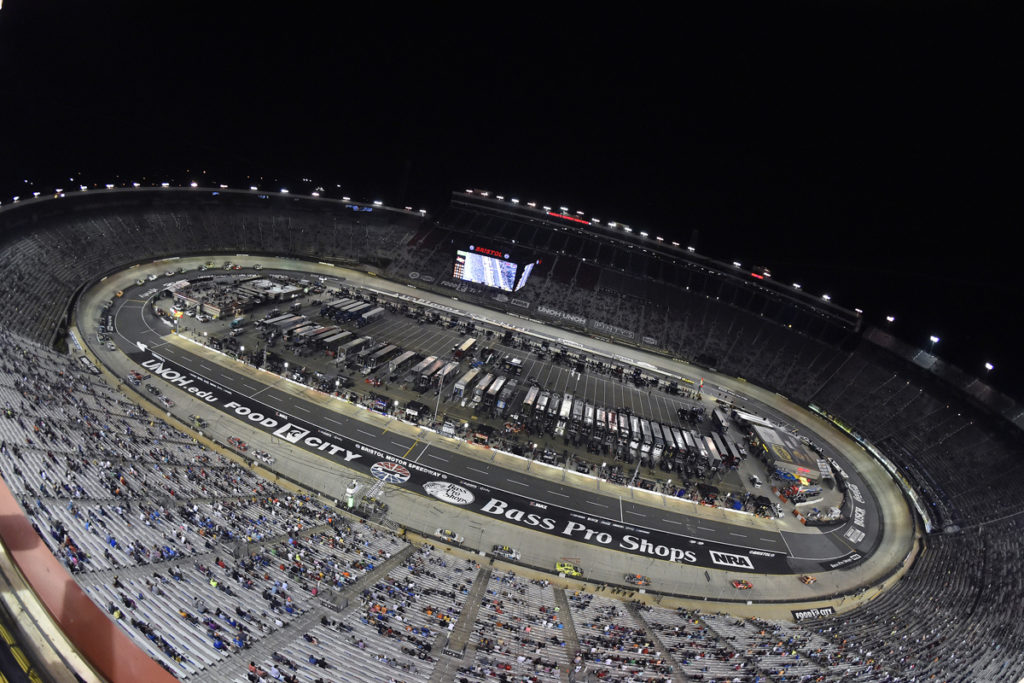
What is Aero Push in NASCAR?
NASCAR is primarily a stock car race. Speeding stock cars leave disturbed air in their wake which is called dirty air. This turbulent air affects the trailing cars as these cars are subject to much more air resistance than the leading car. Drivers of trailing cars can also take advantage of the leading car by tailing the car closely. The tailing driver has to judge the distance very carefully as he has very little reaction time if the leading car brakes sharply.
A tailing driver will also be affected by “aero push”. This is because in the immediate wake of the leading car a vacuum is created. This will create an uplift in the tailing car. This is a condition in which the front wheels of the tailing car will feel an upward pressure decreasing the stability of the car. The tailing driver will have to ease the pressure on the accelerator when coming out of turns to regain traction. The condition is also called a “tight” condition in NASCAR lingo.
Tailing, also called “drafting’” drivers can take advantage of an aero push on long straights by careful judgment. The vacuum created by the leading car has a sucking effect on the trailing car allowing it to travel at the same speed on lesser fuel. But the technique is also full of perils because of lesser reaction times in case of emergencies. The trailing car will also have to break coming out of turns forcing him to lose and attempt to regain the advantage.
On the other hand, many cars can draft behind a leader in a single file and keep close without much effort. Not many cars dare to come out of the file and challenge the leader for long stretches of the race. This makes it boring for the fans watching the race as it becomes monotonous. It does mean with a crowded finish to the race but fans want to remain engaged throughout the race.
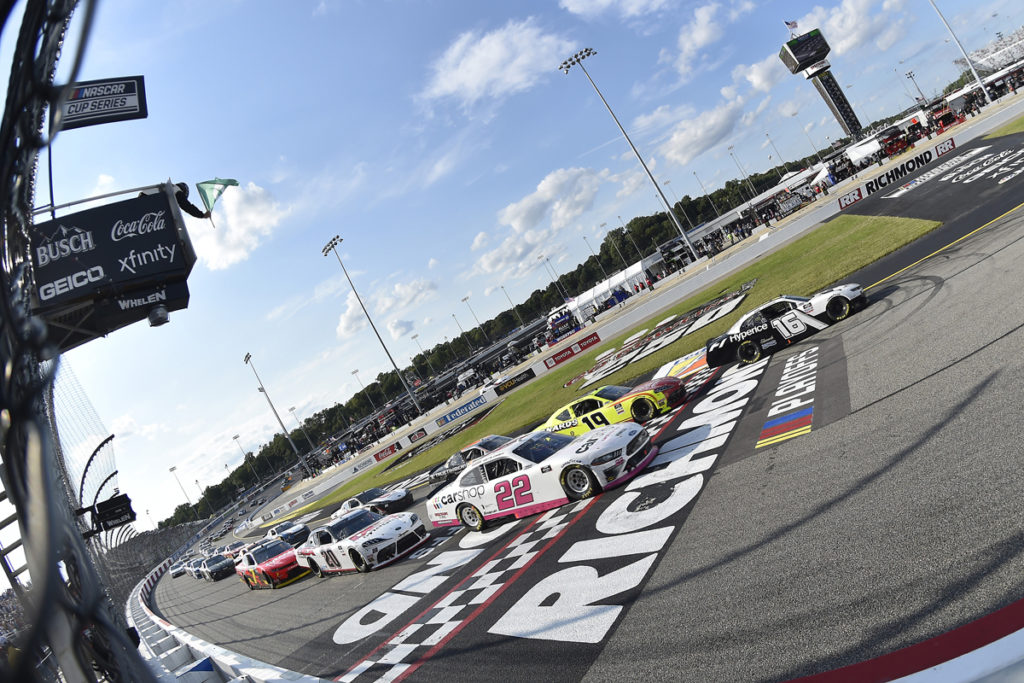
What is downforce & drag in a NASCAR car?
As is aerodynamics, all aerodynamics of a racing car is about downforce. Downforce increases the downward pressure on the car and increases with the speed of the car. The concept is the same as the one that gives an upward lift to airplanes at liftoff. Downforce is just the reverse of uplift.
The force is a result of the difference in the pressures on the sides of the racing car. If the pressure on top of the car is greater than that underneath it, the car experiences a downward force. This downforce helps the car maintain a good grip of the racing surface and enables higher cornering speeds. Better cornering speeds give a driver an advantage over other competitors.
But aerodynamic downforce always gives rise to aerodynamic drag. Aerodynamic drag is caused when the air is compressed in front of the car and is spaced out behind it. This drag tends to slow down the car. The resultant turbulent air is called “dirty air.’ Te aerodynamic engineers try and balance the downforce and the drag on a car to obtain optimum speeds. Obtaining maximum downforce and limiting the drag is a perennial job for automotive engineers.
The best way to increase the downforce of a car is to design a properly angled and low-down nose of the car. This keeps the pressure under the car low while directing most of the onrushing air above the top. A flared wheel well opening in front of the tyre will also serve the same purpose. A flared opening will drive the air away and above the body directing only minimum air to the underside of the car.
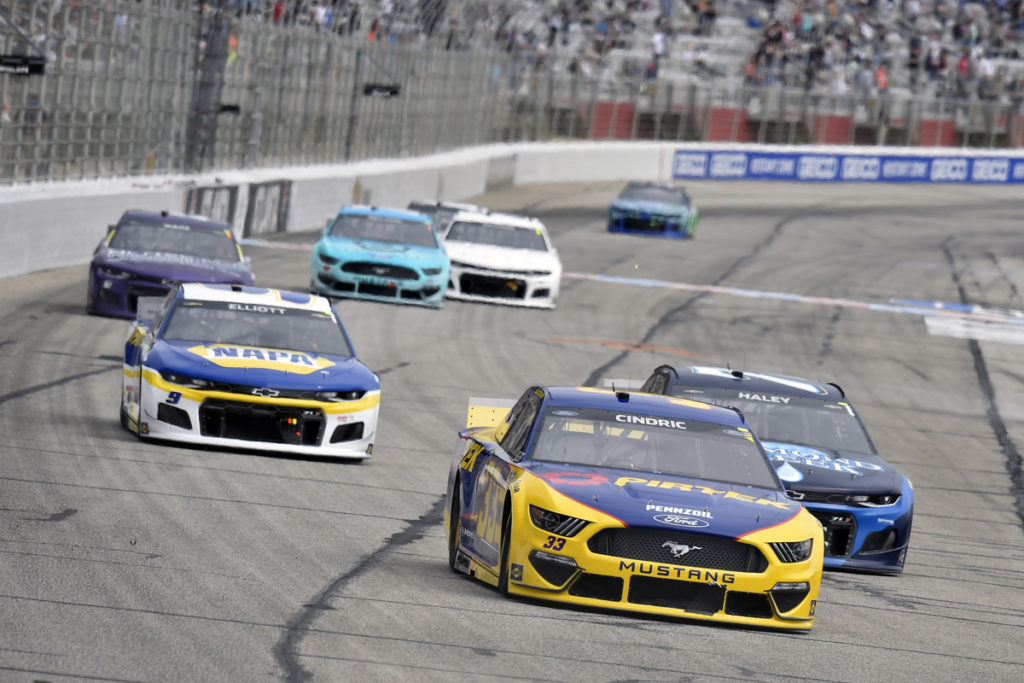
What is “lift” in stock cars?
All moving objects experience a “lift’. Downforce is the negative lift. Lift is an aerodynamic force experienced by a body moving through the air, perpendicular to the direction of the motion. It is this lift that helps birds and planes soar into the air. NASCAR racing vehicles also experience a lift. It is the automotive/ aerodynamic engineer’s job to minimize the lift in a car. Reducing the lift increases the downforce of a car.
Stockcars address this because they are designed with a rake. This means that the front of the car is lower off the ground than the rear. This directs the air towards the top of the car and reduces the pressure underneath. An “air dam” is mounted below the front bumper of the car. The dam restricts the amount of air flowing beneath the car body thereby reducing the pressure on the underside. Most of the air is directed above the car, increasing the pressure there. Wing appendages mounted upside down help in further increasing the downforce of the stock car.
Stockcars do still become airborne despite all these measures. It mostly happens when the cars go into a spin. To take care of such emergencies recessed windows are installed on the right of the car. This is because cars racing on ovals to the left are more likely to show their right side when in a spin. The ridge in the window deflects the air off the roof of the car. There are also flaps recessed in the roof that rise when the pressure on the roof reduces.
What is drag in a stock car?
Whenever an object moves through the air, the air resists the displacement as well as friction on the molecules on all sides of the car. Some of the air collides with the bumper while the air that is displaced upwards encounters the windshield. The air that flows about the car becomes disturbed and becomes turbulent. This turbulence produces a backward pull on the car which is called “drag.” the speed of the car, density of the air, the size and shape of the car will determine the extent of drag.
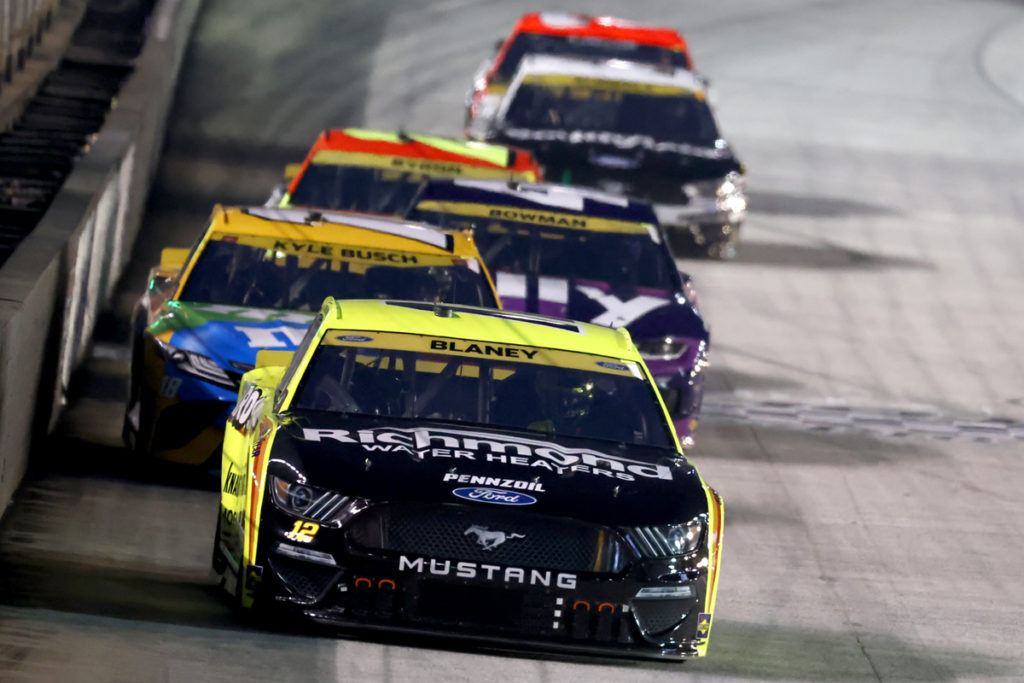
Drag first came to the attention of automotive engineers in the 1960s. It is one of the most important parameters for vehicles racing on tracks with longer straights. It affects both the acceleration and speed of a car. Streetcars are known to spend up to 60 per cent of their energy on overcoming drag. This makes reigning in drag the prime objective of automotive engineers, particularly on tracks like the Daytona 500.
Modern cars use slanted windshields, sleek lines, and rounded corners to counter drag. A greater downforce leads to greater drag. The spoilers used to transfer some of the downward forces of a NASCAR car from the front to the rear adds to the problem. There is still a lot of work for automotive and aerodynamic engineers to do to find the right proportion of downforce to drag. The problem is that the proportion has to be adjusted to suit the track that the car is racing on.
You may also be interested in: NASCAR vs IndyCar: What are the 4 main differences?







